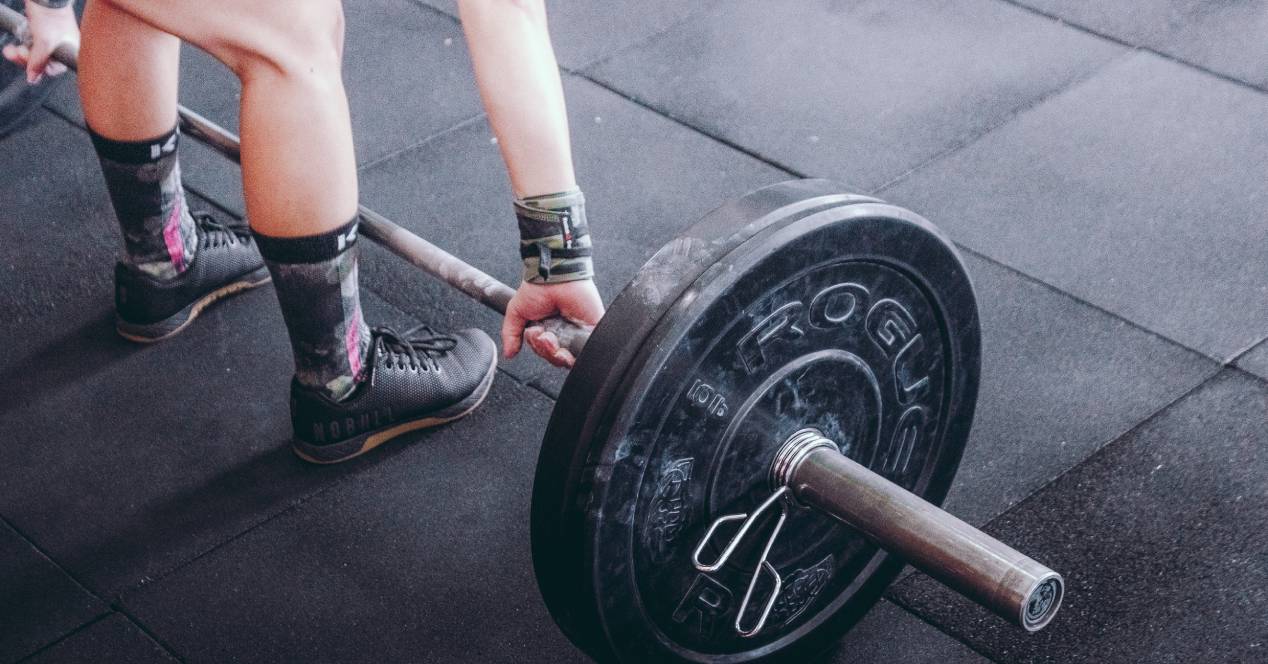
When an athlete makes a mistake in the technique of any weight lift, it can instantly weaken him. However, while being weaker in the squat or bench press could mean doing an inefficient lift and reduced range of motion, in the case of the deadlift, this inefficiency is often seen significantly in the lower back. So much stress puts you at risk for catastrophic injury. In fact, of all the exercises (outside of the Olympic lifts), the deadlift is one that all lifters should take time to hone their technique on, especially if they've hurt their lower back before.
Here are six tips I regularly use to correct some of the most basic mistakes and make your deadlift stronger and safer.
Shoulders over bar
One of the keys to a strong deadlift is a solid setup. This can be achieved by perfectly balancing the body with the bar.
A fairly common mistake is that people confuse the deadlift and leg movements squats. This means they have too much body weight behind the bar and increases the distance between the bar and the lifter's center of gravity, thus creating unwanted lifts that make the weight more difficult to lift.
This obstacle is solved very easily if we keep our shoulders on the bar. This helps bring more of your body weight forward and over the bar, thus maintaining optimal alignment.
knees against elbows
True, this tip may not directly preserve the integrity of the lower back, but it is a simple and often overlooked key that can instantly increase strength by allowing more movement from the hips, thereby preserving the lower back.
By "pressing your knees to your elbows," you are putting a slight stretch on your hip abductor muscles, which are then activated during the lift, assisting in hip extension. The more muscle you can engage in the lift, the more strength you'll have.
Eliminate bar slack
Once you are in the correct position, you now need to create maximum tension in your upper body so that your spine is stabilized and your lower body can do all the work.
To create maximum tension, you must contract with some resistance. This is easily accomplished by closing the small gap between the top of the bar and the plates by simply pulling it up.
Squeeze an orange with your armpits
As soon as you've "loosened the bar," it's time to create as much upper body tension as possible.
A very easy way to tighten your lats is to imagine that you are squeezing an orange with your armpits as if you are trying to get all the juice out of it. Doing this will help create massive stiffness in the lats and should lock your upper body to the bar.
Now that your upper body is secured, it's time to begin the deadlift movement.
keep your feet on the ground
A very common mistake in the deadlift is that lifters try to lift the bar using their back. This encourages lumbar hyperextension and is not what we are looking for. The lower back should remain completely still; the entire movement should be performed by the lower body only.
Plant your feet into the ground to help use your lower body and take the emphasis off extending your spine. Push your feet down during the deadlift and don't come up on your toes.
stand up
At the end of the movement, some lifters like to end the lift by leaning back. However, this is not a positive for the deadlift by any means. So just help to place a ton of unnecessary stress on your lumbar spine.
Instead, the lift should end with the hips and knees fully extended and without unnecessary extension in the lower back. By thinking about standing as tall and upright as possible, you help encourage full extension of the knees and hips, while eliminating the urge to lean back.